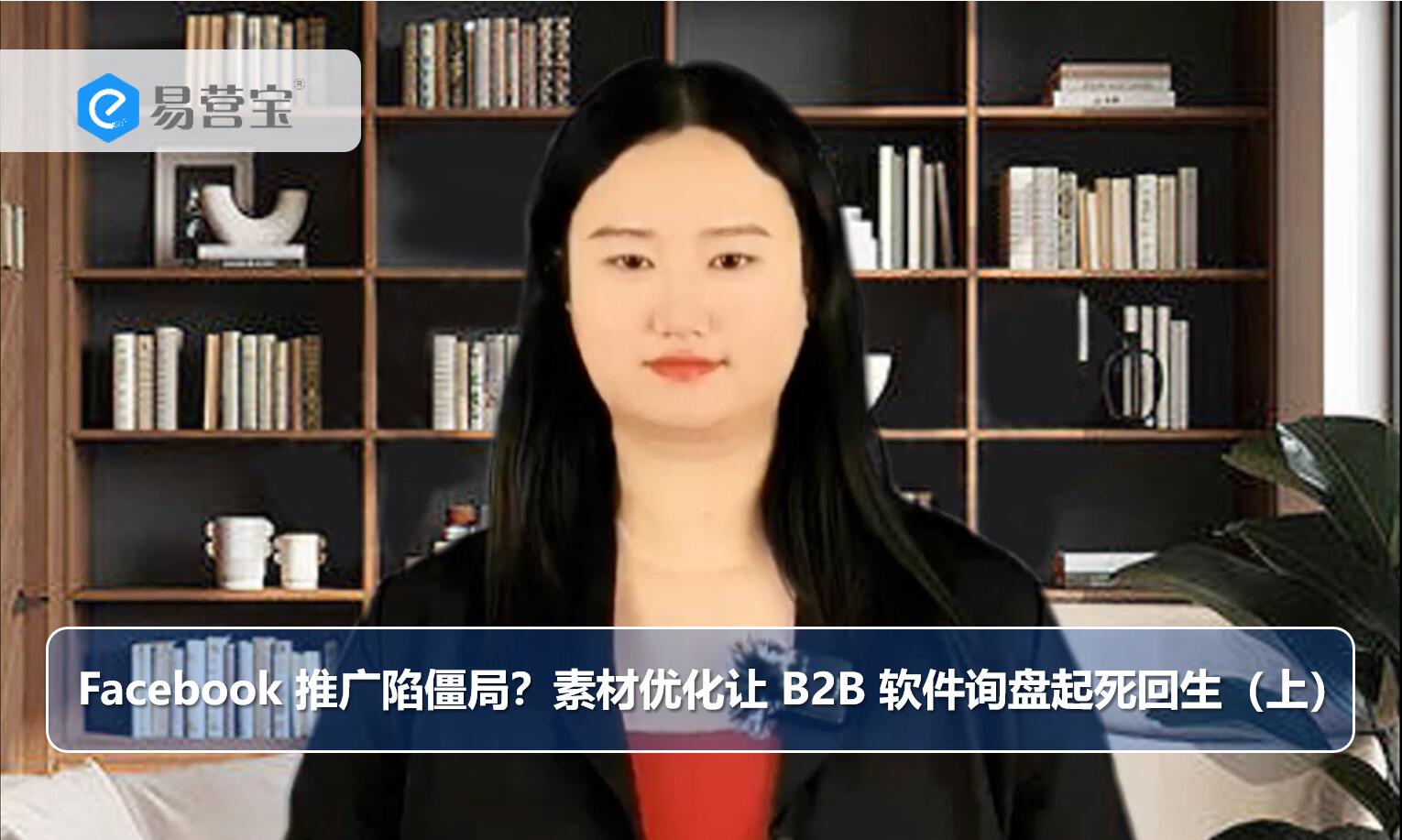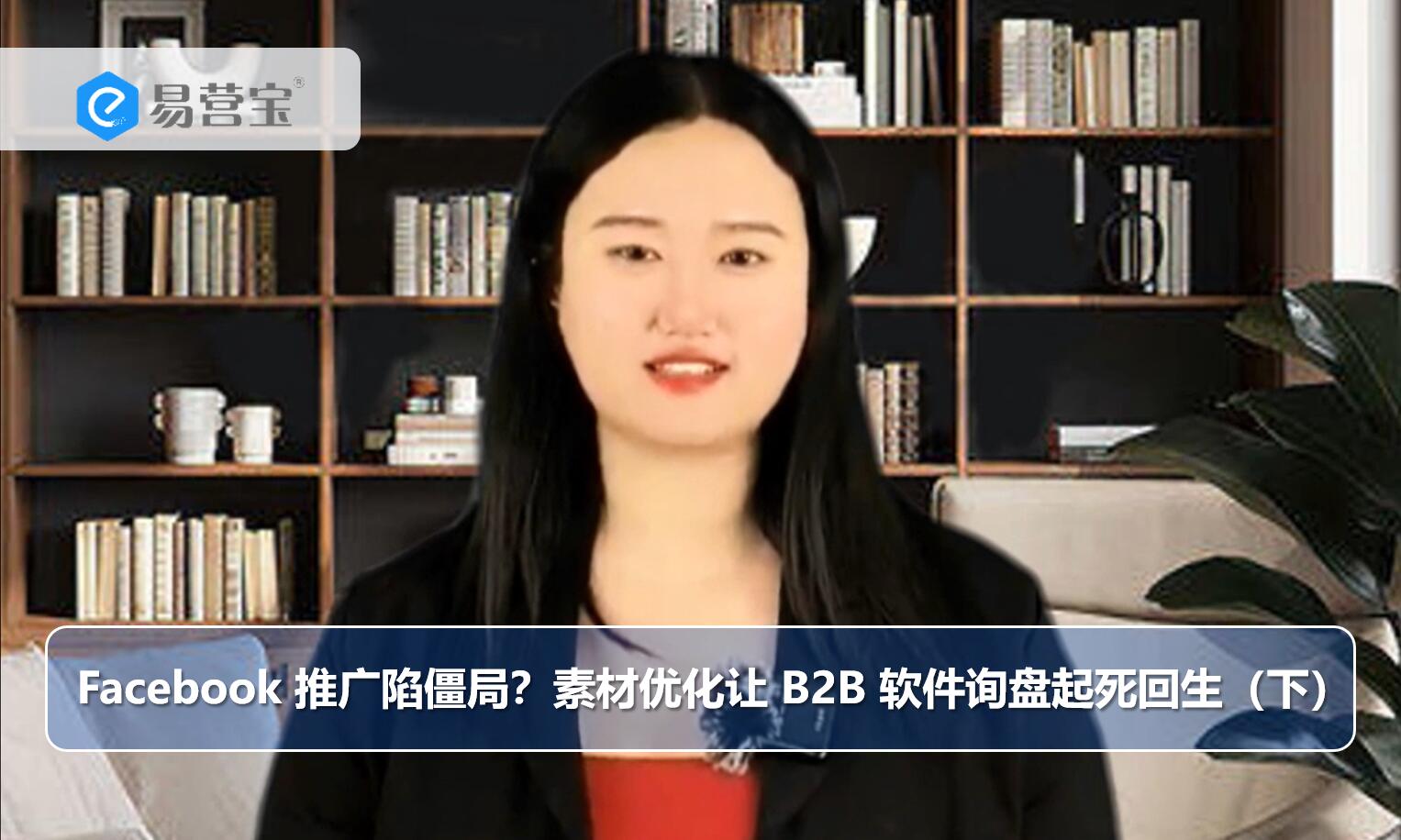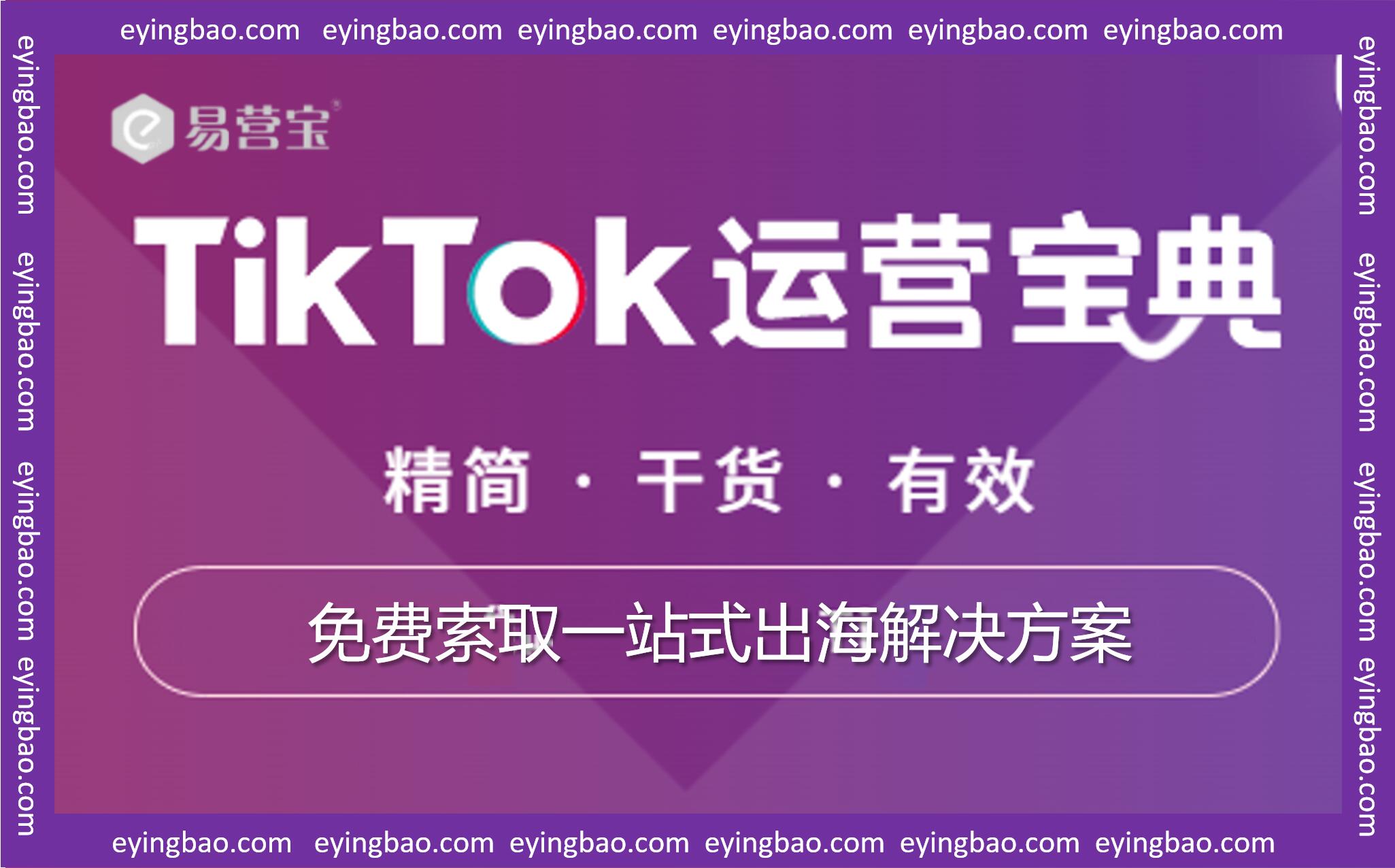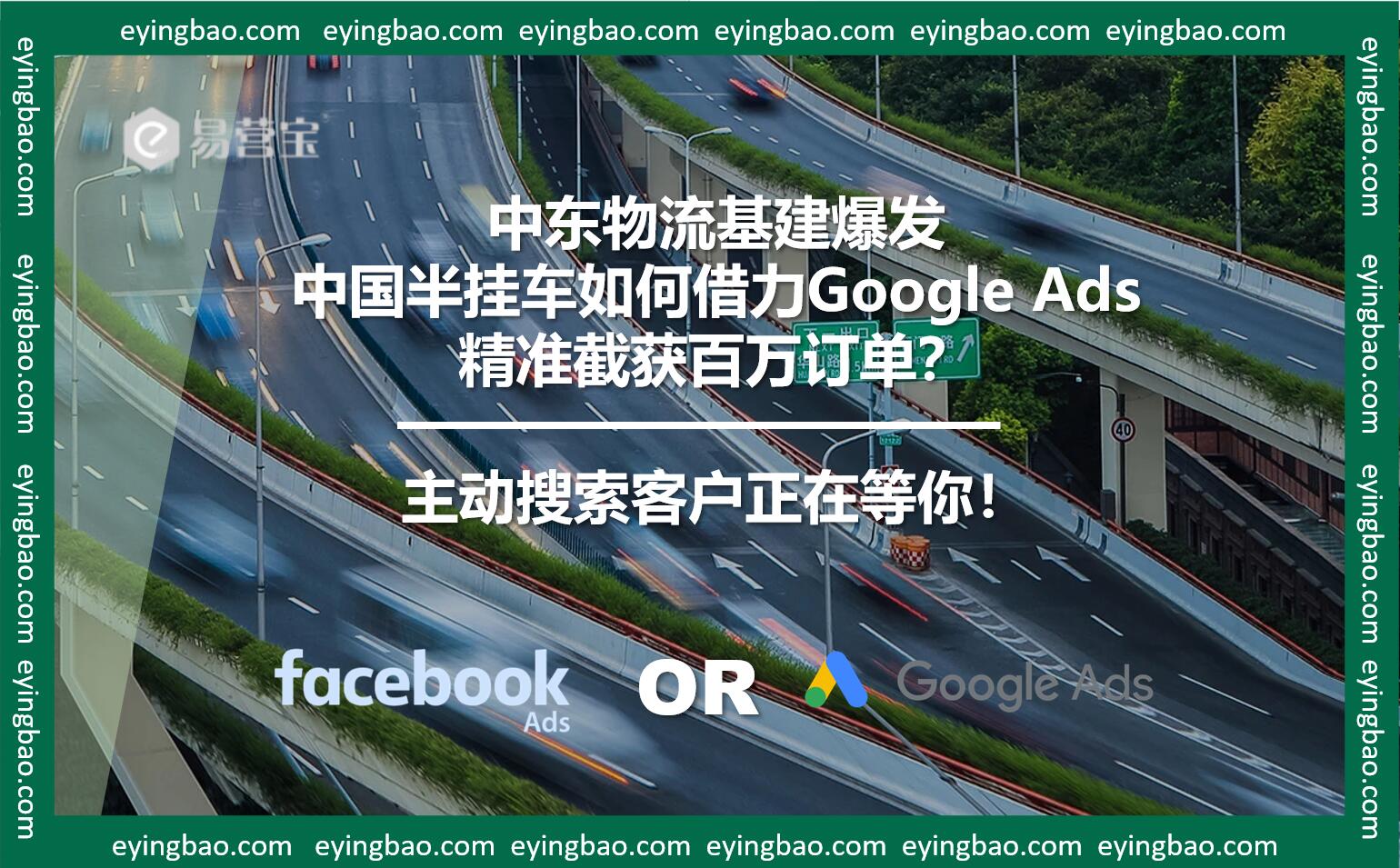I. Core Definition of Click-Through Rate (CTR) and Its 3 Major Strategic Values
1. Authoritative Definition of Click-Through Rate (CTR)
**Click-Through Rate (CTR)** is a key metric for measuring advertising effectiveness, defined as **the percentage of ad clicks relative to ad impressions** (CTR = Clicks / Impressions $times$ 100%). In pay-per-click (PPC) environments, CTR is a core factor in calculating **Quality Score**, directly influencing **Cost Per Click (CPC) and ad ranking**.
2. The 3 Strategic Values of High CTR
High **Click-Through Rate** delivers multifaceted benefits, achieving **low-cost, high-efficiency returns** for ads:
- **Lower CPC (Cost Per Click):** Search platforms (e.g., Google Ads/Baidu PPC) reward high-CTR ads by **improving Quality Score**, thereby **reducing your actual costs**.
- **Boost Ad Ranking:** High Quality Scores (driven by CTR) help secure **higher ad rankings and exposure** even when **outbidding competitors with lower bids**.
- **Improve Traffic Precision:** High CTR indicates your ad copy is highly relevant to user search intent, attracting **more precise, higher-converting users**.
3. The Evolution of CTR in Digital Marketing History
Early CTR optimization focused solely on **eye-catching keywords and emotional triggers**. With platform AI advancements, modern CTR optimization now emphasizes **data-driven intent matching**. It demands marketers act like SEO experts, deeply understanding **user search intent** and leveraging **dynamic insertion, supplementary info**, and other techniques to **achieve 100% precision alignment between copy and user needs**.
II. 5 Core Applications of SEO Principles in CTR Optimization
**Click-Through Rate** improvement isn’t magic—it’s rooted in **user intent and relevance principles** highly similar to SEO ranking logic:
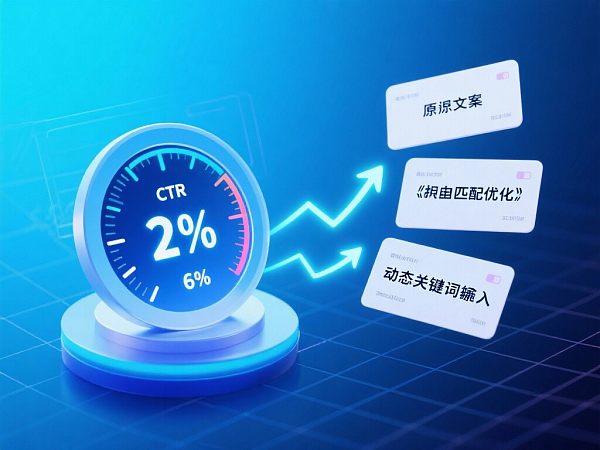
1. Intent Match Principle
Principle: User search queries reflect **informational, navigational, or transactional intent**. CTR Application: Ad copy (title/description) must **precisely respond** to user intent. Example: For queries like **“product name + price”**, ad titles should include **“latest quotes” or “limited-time discounts”**, not generic product descriptions.
2. Unique Selling Proposition (USP) Principle
Principle: Standing out amid competitors. CTR Application: Ad copy must clearly convey **unique value and advantages** (e.g., **“same-day shipping,” “industry Top 1 certified,” “30-day free trial”**), leveraging **scarcity, urgency, or authority** to stimulate clicks.
3. E-A-T (Expertise, Authoritativeness, Trustworthiness) Signals
Principle: Users prefer clicking trustworthy sources. CTR Application: Use **ad extensions** (e.g., **review snippets, certification badges**) to showcase **brand expertise and credibility** in SERPs—even with lower rankings, **high trustworthiness attracts clicks**.
4. Page Relevance & User Incentive Principle
Principle: Ad promises must be fulfilled on landing pages. CTR Application: **Landing page Quality Score** inversely affects CTR. Ensure **landing page titles, content, and CTAs** align tightly with ad copy—key to **high CTR and conversion rates**.
5. A/B Testing & Continuous Iteration Principle
Principle: No perfect ad copy exists—only continuous optimization. CTR Application: Through **rigorous A/B testing**, systematically evaluate **headline order, description phrasing, CTA strength**, and other variables **data-driven**, filtering out **highest-CTR ad variants**.
III. 9 Advanced Techniques and Strategies to Boost Click-Through Rate
Professional teams systematically apply these 9 advanced tactics to optimize **Click-Through Rate**:
- **Dynamic Keyword Insertion (DKI):** Technique: Automatically insert user **search terms into ad copy**. Application: Achieve **100% keyword relevance**, significantly boosting CTR and Quality Score.
- **Inverted Pyramid Copywriting:** Technique: Place **most compelling USPs and strong CTAs** at the start of ad titles. Application: Capture attention instantly, especially critical for **mobile ad space constraints**.
- **Numbers & Statistics Utilization:** Technique: Embed **specific figures, percentages, dates/years** (e.g., “2025 latest report,” “served 10,000+ clients”). Application: Numbers outperform text in **persuasiveness and credibility**, driving clicks.
- **Negative Keywords for Low-Quality Traffic Exclusion:** Technique: Add **precise negative keywords** (e.g., “free,” “tutorial,” “recruitment”) to ensure only **high-purchase-intent users** see ads, improving CTR quality.
- **Responsive Search Ads (RSA) Deep Optimization:** Technique: Provide **multiple headline/description variants** for AI to **auto-combine and test**, identifying top-CTR combinations. Application: Leverage AI to **surpass manual CTR optimization**.
- **Full-Coverage Ad Extensions Strategy:** Technique: Maximize **sitelinks, structured snippets, pricing, promotions, call buttons**. Application: **Dominate more SERP space**, increasing visibility and CTR.
- **Geo-Targeting & Time-Zone Customization:** Technique: Insert **location-specific info and time-sensitive offers** based on user geography/local time. Application: **Enhance ad immediacy/relevance**, boosting local clicks.
- **Competitor Brand Term Defense Strategy:** Technique: Target **competitor brand terms** in ads while **highlighting differentiation**. Application: **Precisely intercept** competitor traffic, converting it via high CTR.
- **Pain Points & Benefit-Driven Copy:** Technique: Start ad descriptions with **user pain points**, ending with **solutions/concrete benefits**. Application: Build urgency for users to **“solve problems now.”
IV. CTR Optimization Across Marketing Scenarios
1. Scenario 1: Brand Term & Navigational Intent Optimization
Goal: **Achieve 50%+ CTR**. Use **latest promotions, clear CTAs, and sitelinks** to ensure users searching **brand names** can **directly and quickly** reach target pages.
2. Scenario 2: Product Term & Transactional Intent Optimization
Goal: **High CTR with high conversions**. Copy must include **pricing, discounts, scarcity cues** (e.g., “limited stock,” “flash sale”) to capture transactional intent.
3. Scenario 3: Competitor Term & Comparison Intent Optimization
Goal: **Intercept competitor traffic via higher CTR**. Use **comparative terms** (e.g., “better than XX,” “XX alternative”) and emphasize **unique advantages** to win clicks.
V. CTR Measurement & ROI Framework
High CTR must translate to observable ROI. Measurement is key to sustained optimization:

1. Core Formula: Quality Score = Expected CTR $times$ Ad Relevance $times$ Landing Page Experience
Principle: **Click-Through Rate** isn’t standalone—it combines with **ad-to-landing page relevance** into **Quality Score**. **Higher Quality Scores mean lower CPCs**, directly impacting ROI. Teams must **simultaneously optimize all three variables**.
2. Key Metric: Relative CTR
Metric: **Relative CTR** compares your ad’s CTR against **competitors at similar rankings**. **Low Relative CTR**—even with decent absolute CTR—indicates **room for intent-matching improvements**.
3. CTR Application: Budget Allocation Decisions
Application: CTR data guides **budget allocation**. **High-CTR ad groups** (indicating efficiency) deserve **more budget**; low-CTR groups require **pausing or deep copy/intent optimization**.
VI. Optimize Your Click-Through Rate Now—Slash Your CPC!
Is your **Click-Through Rate** stagnant, keeping CPCs high? You need a **systematic CTR optimization plan** based on **SEO intent-matching and advanced A/B testing**. Our PPC experts specialize in **Dynamic Keyword Insertion, RSA deep optimization, and full-coverage ad extensions** to **boost CTR by 50%+, significantly lowering costs and improving Quality Score**. **Book a free ad account audit**—we’ll reveal your **CTR bottlenecks and high-ROI opportunities!**
Click to Get Your Free High-CTR Optimization Report!FAQ
1. What kind of click-through rate (CTR) is considered qualified?
Answer: **The qualified standard for CTR highly depends on the industry and keyword type.** Generally speaking, **branded keywords** should have a CTR between **10% - 50%** or even higher; **transactional keywords** should achieve an excellent CTR of **4% - 8%**; while **informational/broad keywords** can be considered qualified at **1.5% - 3%**. The key is to look at its **relative CTR** (compared to competitors' click-through rates at the same ranking).
2. Why does my ad rank first but still have a low click-through rate?
Answer: **Ranking first but having a low CTR** usually indicates **low intent matching or lack of appeal in the ad copy**. Even if your ad appears at the top, if the **headline and description** do not clearly address user pain points, lack a strong **USP**, or fail to include a compelling call-to-action, users will skip it. Immediate **A/B testing of ad copy and optimization of additional information** are required.
3. The ad has a high click-through rate but low conversion rate. What should be optimized?
Answer: This is typically a **landing page experience (Landing Page Experience)** issue. A high CTR proves your ad copy is successful, but **the landing page fails to deliver on the ad's promise**. Optimization priorities should focus on: **1) Consistency between landing page content and ad promises; 2) Page loading speed (CWV); 3) Visibility of CTA buttons and smoothness of the conversion path.**
4. How to use SEO keyword research to optimize ad click-through rates?
Answer: SEO keyword research emphasizes **user intent**. By analyzing **high-converting search terms** through SEO tools and directly applying their **intent and phrasing** to ad copy and additional information, you can ensure your ads **fundamentally achieve high intent matching**, naturally improving CTR.
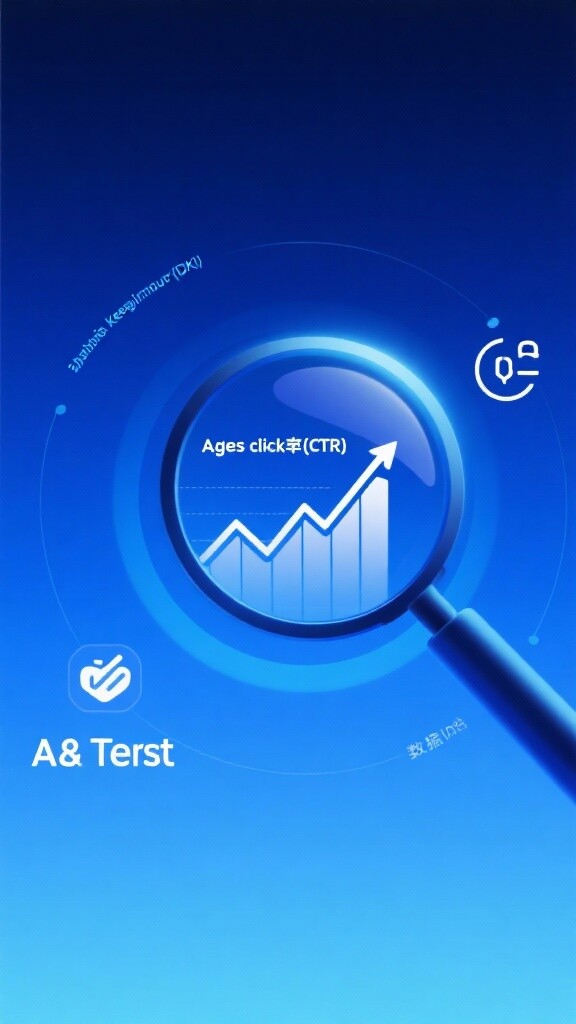
Customer Reviews
Mr. Li, B2C Cross-Border E-Commerce Operations Director
“Our ad CTR was consistently below 2%, leading to very high CPC costs. EasyPromo’s expert team introduced **intent matching and RSA deep optimization techniques**, completely transforming our ad copy strategy. **After 3 months of collaboration, our overall ad click-through rate increased to 5.8%**, **ad quality scores improved by an average of 2 points**, and the direct result was **a 25% monthly reduction in ad costs**, with immediate and visible effects.”
Ms. Zhang, Marketing Manager of a Local Service Chain
“We primarily rely on local search ads. EasyPromo’s **ad click-through rate optimization strategy** not only utilized **DKI** but also fully leveraged **call and location extensions**. Through **A/B testing**, we identified the best **localized ad copy**, achieving **a branded keyword CTR increase of over 60%**, and **non-branded keyword CTR reaching 7%**. This gave us a significant cost advantage and precise customer targeting in the local market.”
 Facebook Ads Stagnation? Creative Optimization Revives B2B Software Inquiries (Part 1)Case Study: How a B2B Software Company Achieved Inquiry Breakthroughs by Optimizing Facebook Ad Creatives, Improving Click-Through Rates and Lead Quality
Facebook Ads Stagnation? Creative Optimization Revives B2B Software Inquiries (Part 1)Case Study: How a B2B Software Company Achieved Inquiry Breakthroughs by Optimizing Facebook Ad Creatives, Improving Click-Through Rates and Lead Quality Facebook Promotion Stagnation? Content Optimization Revives B2B Software Inquiries (Part 2)This article delves into how to enhance B2B software promotion effectiveness on Facebook through content optimization, focusing on demonstrating intelligent data analytics capabilities and client testimonials to help achieve 5x inquiry growth.
Facebook Promotion Stagnation? Content Optimization Revives B2B Software Inquiries (Part 2)This article delves into how to enhance B2B software promotion effectiveness on Facebook through content optimization, focusing on demonstrating intelligent data analytics capabilities and client testimonials to help achieve 5x inquiry growth. Is TikTok Advertising Really a Waste of Money? A Pitfall Avoidance Guide for Exporters: Full Analysis of Registration, Content, and Performance!TikTok Advertising Pitfall Avoidance Guide for Export Businesses, from Registration to Performance Optimization, Helping You Acquire Customers Accurately Without Stepping on Landmines!
Is TikTok Advertising Really a Waste of Money? A Pitfall Avoidance Guide for Exporters: Full Analysis of Registration, Content, and Performance!TikTok Advertising Pitfall Avoidance Guide for Export Businesses, from Registration to Performance Optimization, Helping You Acquire Customers Accurately Without Stepping on Landmines! Middle East semi-trailer orders snatched? Why has Google Ads become a battleground for export enterprises?Middle East logistics infrastructure boom: How can Chinese semi-trailers leverage Google Ads to capture millions of orders? Active search clients are waiting for you!
Middle East semi-trailer orders snatched? Why has Google Ads become a battleground for export enterprises?Middle East logistics infrastructure boom: How can Chinese semi-trailers leverage Google Ads to capture millions of orders? Active search clients are waiting for you!



